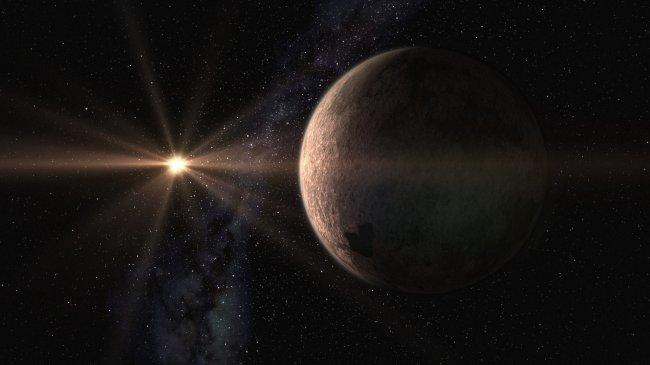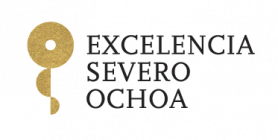It may interest you
-
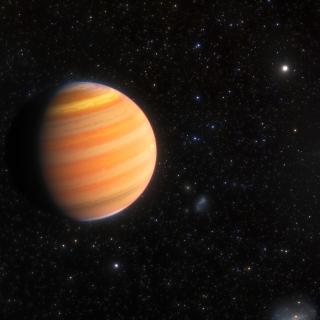 An international scientific team, in which the Instituto de Astrofísica de Canarias (IAC) participates, has discovered the extremely eccentric orbit of a gas giant exoplanet. This world, called TIC 241249530 b, not only follows one of the most drastically stretched-out orbits of all known transiting exoplanets, but also is also orbiting its star backwards, lending insight into the mystery of how these high-mass gas giants evolve into hot Jupiters , with very close and circular trajectories. The study is published in Nature. Within the population of known exoplanets, there are those thatAdvertised on
An international scientific team, in which the Instituto de Astrofísica de Canarias (IAC) participates, has discovered the extremely eccentric orbit of a gas giant exoplanet. This world, called TIC 241249530 b, not only follows one of the most drastically stretched-out orbits of all known transiting exoplanets, but also is also orbiting its star backwards, lending insight into the mystery of how these high-mass gas giants evolve into hot Jupiters , with very close and circular trajectories. The study is published in Nature. Within the population of known exoplanets, there are those thatAdvertised on -
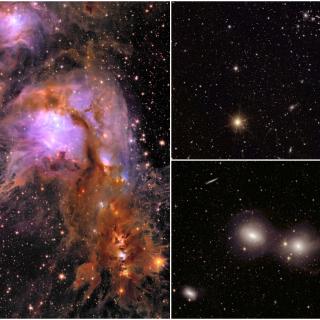 The Euclid Consortium announces the publication of its first papers, demonstrating the space mission's ability to search for wandering planets, study the dark matter of galaxies and explore the evolution of the Universe. Five new images with unprecedented resolution are also published. Spain plays an important role in the Euclid mission where, in addition to being part of the consortium that has led the mission since its inception, it has also participated in the instrumental development of the project and contributes significantly to its scientific exploitation. The Instituto de AstrofísicaAdvertised on
The Euclid Consortium announces the publication of its first papers, demonstrating the space mission's ability to search for wandering planets, study the dark matter of galaxies and explore the evolution of the Universe. Five new images with unprecedented resolution are also published. Spain plays an important role in the Euclid mission where, in addition to being part of the consortium that has led the mission since its inception, it has also participated in the instrumental development of the project and contributes significantly to its scientific exploitation. The Instituto de AstrofísicaAdvertised on -
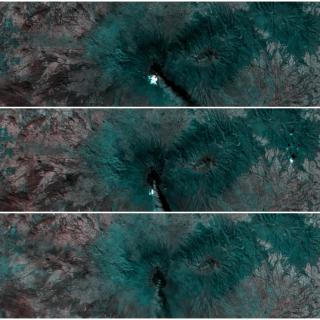 During commissioning the Canary satellite ALISIO-1 proves its efficiency by observing phenomena in over 100 regions of the world The first Canary satellite, led by the Instituto de Astrofísica de Canarias (IAC), ALISIO-1, (an acronym for Advanced Land-Imaging Satellite for Infrared Observations) was launched into space on December 1st 2023 from the Vandenberg Airforce Base in California, and in only a few months has completed the commissioning phase, the verification on orbit that all its systems are working correctly. In this phase of verification the DRAGO-2 camera has been calibrated, andAdvertised on
During commissioning the Canary satellite ALISIO-1 proves its efficiency by observing phenomena in over 100 regions of the world The first Canary satellite, led by the Instituto de Astrofísica de Canarias (IAC), ALISIO-1, (an acronym for Advanced Land-Imaging Satellite for Infrared Observations) was launched into space on December 1st 2023 from the Vandenberg Airforce Base in California, and in only a few months has completed the commissioning phase, the verification on orbit that all its systems are working correctly. In this phase of verification the DRAGO-2 camera has been calibrated, andAdvertised on
